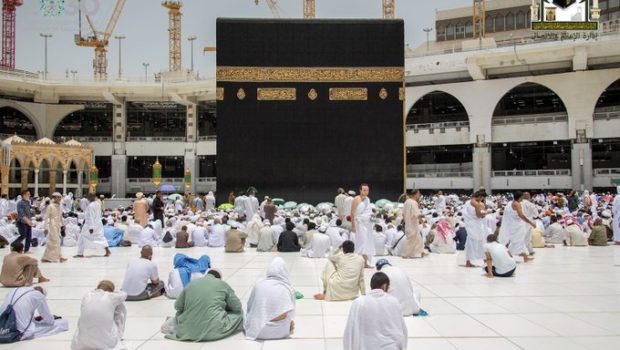There are two types of pilgrimages in Islam: Hajj and Umrah. Hajj, also known as…
The way to conclude Umrah
There are mainly two major pilgrimages of Muslims i.e., Hajj and Umrah. Both of these are practised in Mecca, Saudi Arabia. Though the Muslim men and women are entitled to practice Hajj only in Dhul Hijja, the same regulations are not applicable to Umrah. The latter can be performed anytime in the entire year except for the few essential days of Hajj. Similar to that of Hajj, Umrah begins with Ihram in which the pilgrims are necessitated to make a Niyyah of practising Umrah and wear two-piece garments of white colour. Once the pilgrim enters the state of Ihram, he is liable to follow certain regulations associated with the rites of Umrah. For instance, the pilgrim should neither cut their hairs nor are they permitted to involve in the physical relationship with their spouse.
The first practice of Hajj is Tawaf that involves the seven circuits taken around Kaaba and then the pilgrims touch and kiss the black stone i.e., Hajre Aswad, the stone of paradise. Unlike Hajj that involves the concluding rites of Mina, Muzdalifa, praying at the mount of Arafat, and stoning the Jamrat, the last ritual of Umrah is Sa’yee i.e., running back and forth in the hills of Safa and Marwah. This rite is practised after the completion of seven rounds of Tawaf around Kaaba. Basically, the pilgrims initially climb up the hill of Safa and then proceed towards Marwah. While moving towards the hill of Marwah, the men pilgrims have to walk in the hurried pace between the green markers. However, the women can follow the normal pace while walking between Safa and Marwah. It is essential for the entire pilgrims to accomplish the seven circuits in these hills without any omission. After finishing the rites of Safa and Marwah, men are necessitated to either shave their heads or cut a part of their hairs.



















